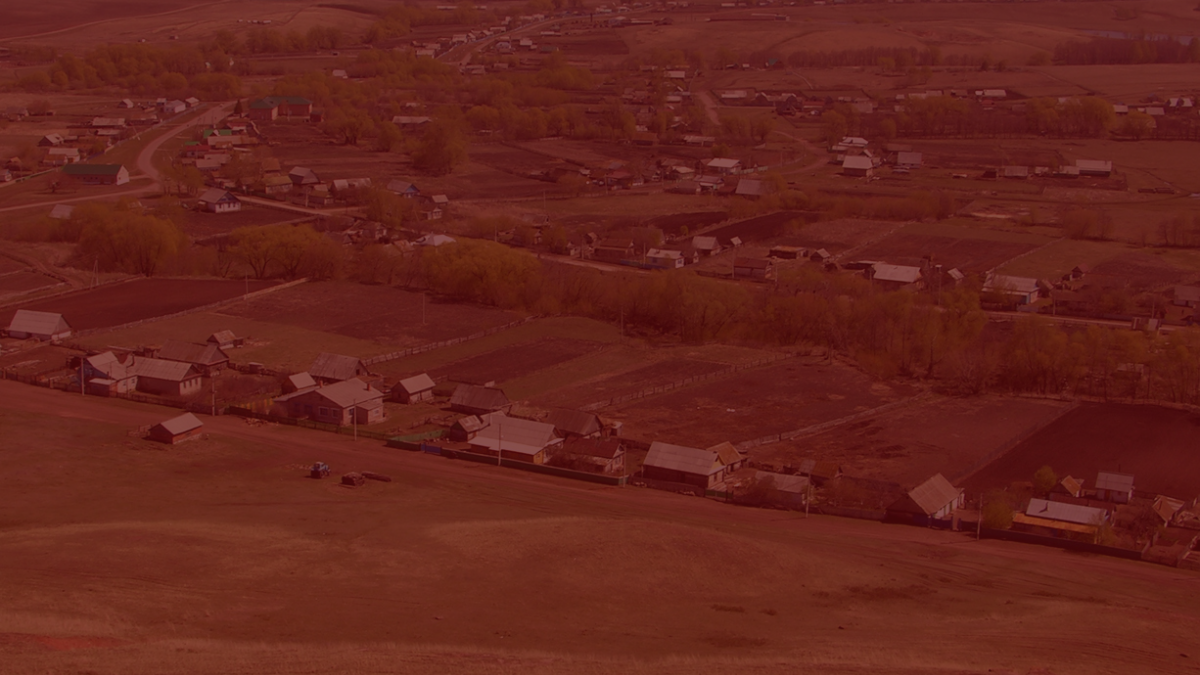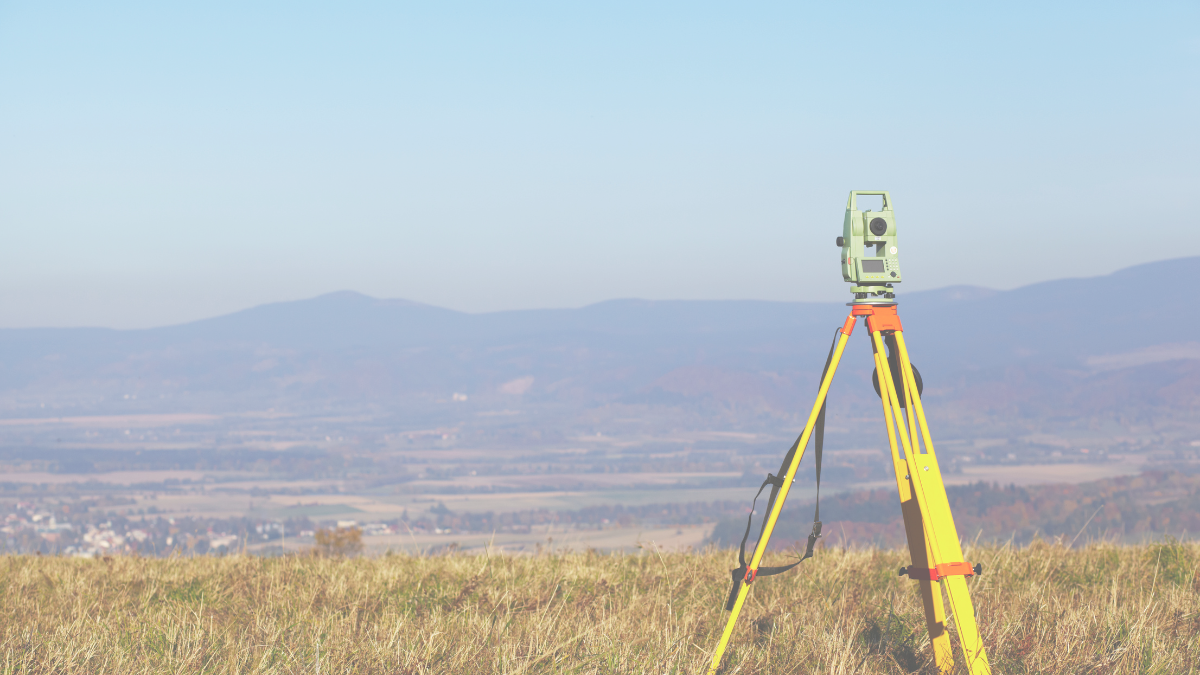The Top Five Horror Stories About Easements and Rights of Way
The Top Five Horror Stories About Easements and Rights of Way
When it comes to real estate, easements and rights of way are often misunderstood, leading to nightmares for property owners, buyers, and developers alike. While they may seem like simple legal terms, these agreements can cause serious problems if not properly understood or addressed. Easements grant someone the right to use a portion of your property for a specific purpose, while rights of way allow individuals or entities to pass through your land. Whether it's a utility company, a neighbor, or a government agency, these legal rights can create issues that spiral into huge problems if not handled correctly.
Let’s explore the top five horror stories about easements and rights of way, with examples from Weirton, New Cumberland, Wheeling, and Moundsville, WV. These stories highlight the importance of understanding and addressing easements before they turn into real-life property nightmares.
1. The Backyard That Was Never Yours – The Wheeling Surprise
A young couple finally purchased their dream ‘forever’ home in the quiet Lennox neighborhood in Wheeling, complete with a beautiful backyard that stretches all the way to the creek. During the closing process, they told us about barbecues, family gatherings, and endless outdoor activities they planned to host in the coming years. Then, months after moving in, they received a letter from a local utility company notifying them of an easement on your property that they weren’t aware existed.
Suddenly, that perfect backyard became a construction zone. The utility company needed to dig up a large section of the yard to repair underground lines. During the process, they discovered that there is a 20-foot utility easement running straight through the middle of their property, granting the utility company full access to the land anytime repairs were needed. What’s worse, the previous owners failed to disclose this easement during the sale, and their own title search didn’t catch it because, frankly, they decided to do it themselves.
The result? A nightmare scenario where their property value plummeted due to consistent ground line issues, their yard was torn up without their consent, and they had no legal recourse. Easements, particularly utility easements, can wreak havoc on unsuspecting homeowners if not properly addressed during the buying process. While these repairs are necessary for the greater neighborhood, the truth is this couple bore the brunt of the issue and their dream yard was always at risk.
With help from experienced real estate attorneys, this couple could have avoided such a mess, or at the very least entered their dream property with a clear understanding of the risks.
2. The Shared Driveway Dilemma in Weirton
In the city of Weirton, one homeowner's dream of peaceful living quickly turned into a legal battle over a shared driveway. When they bought their home, they were aware that the driveway was shared with a neighbor. What they didn’t know was that the terms of the easement were vague, and the neighbor had a different interpretation of how the driveway should be used. What’s worse, the neighbor had been using the property in this (disputed) way for years, making things much more complicated to address.
At first, it was small disagreements—blocking access to the garage, leaving trash cans in the shared space. But soon, the neighbor began parking multiple cars along the driveway, leaving the new homeowner trapped. Access to their garage and even emergency vehicles was severely restricted. What started as an inconvenience escalated into a full-blown legal dispute. The neighbor insisted they had the right to use the entire driveway, claiming an easement from decades earlier.
Without a clear legal description of the easement’s boundaries or use, the matter ended up in court. Both parties spent thousands of dollars in legal fees, and the once peaceful neighborhood became a battleground over a few feet of concrete.
3. The Moundsville Landlocked Nightmare
In Moundsville, WV, a developer purchased several acres of land with plans to build a small subdivision. The location was ideal, and the project was set to boost the local housing market. However, after the sale, the developer discovered an inconvenient truth: the property was landlocked. There was no direct access to a public road and the only way to enter or exit the property was through an easement over a neighbor’s land.
Unfortunately for the developer, the neighbor refused to grant access, citing an old family feud and concern over heavy equipment disrupting his land. The easement, which was assumed to be part of the deal, had never been formalized in writing. The neighbor blocked the developer's construction vehicles from accessing the acreage, stalling the entire project for months.
To resolve the issue, the developer had to negotiate a costly settlement to obtain a proper right of way. The project ended up being delayed by nearly a year, with additional legal fees and construction costs piling up. The lesson here? Do not assume anything. Always confirm easements and rights of way in writing before purchasing property, especially for large developments.
4. The Hidden Cemetery in New Cumberland
In another shocking story from New Cumberland a family purchased a home on a picturesque rolling hillside that bordered a wooded area. The sellers never mentioned any easements, and the buyers were thrilled with their new purchase—until they noticed people wandering through their property on occasion. Curious, they followed the trail of foot traffic and discovered that part of their land included a historic cemetery with a few famous local ‘residents’. A public right of way allowing access to it ran directly along the tree line.
This easement, which was never disclosed during the sale, allowed descendants of those buried in the cemetery, as well as local historians and even curious visitors, to pass through the property at will. The new homeowners were shocked and horrified to learn that their backyard would forever be a public thoroughfare for cemetery visitors.
The family faced a major dilemma: either live with the ongoing disruption or fight the easement in court, which could be an uphill battle given the historic nature of the cemetery. In the end, they had no choice but to accept their situation and adjust to having strangers and tourists occasionally wander through their yard.
5. The Wheeling Farm Easement Fiasco
Just outside of Wheeling, WV, a farmer sold a portion of his large property to a developer who planned to build a new housing subdivision. The sale included an easement allowing the farmer continued access to a pond located on the sold land, which he used to water his livestock. However, the developer didn’t fully understand the terms of the easement and began building homes too close to the pond, effectively cutting off the farmer's access.
The farmer, who had used the pond for decades, was furious and demanded that the developer relocate part of the housing project to restore access. The developer, already stretched thin on budget and time, refused. This led to a heated legal battle over the exact wording and intent of the easement. The dispute dragged on for years, leaving both parties frustrated and costing tens of thousands in legal fees.
Ultimately, the court sided with the farmer, but by then, the damage was done. The subdivision’s reputation was tarnished, and the developer faced delays and financial losses that could have been avoided with a clearer understanding of the easement’s terms.
Easement and Right of Way Horror Stories Are Too Often Very Real
As these stories from Weirton, Wheeling, and Moundsville illustrate, easements and rights of way can cause significant problems for property owners and developers if not handled properly. And while they happened locally, these stories are all too common around the country. Whether it’s a surprise utility easement, a shared driveway dispute, or an access issue with a neighboring property, these legal arrangements can turn real estate dreams into nightmares.
To avoid these issues, it’s critical to:
- Conduct thorough title searches before purchasing any property.
- Have a clear, written understanding of all easements and rights of way.
- Consult with legal professionals, like the experts at Guida Law Office, who specialize in real estate law and can help protect your interests.
Don’t let an easement horror story happen to you. Make sure you know exactly what you’re getting into before you sign on the dotted line.










